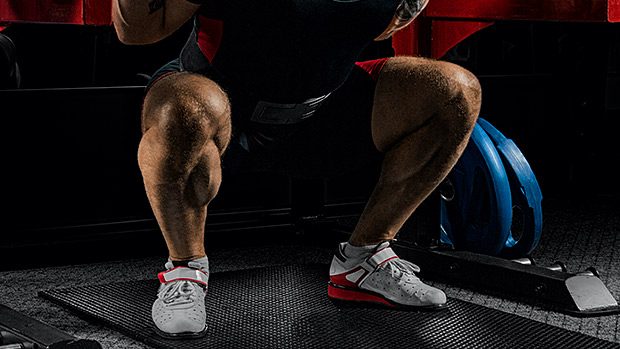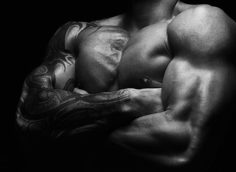Messed Up Hips = Messed Up Body
One of the main elements of healthy hips and good movement is deep flexion. If your hip flexion is limited on one or both sides, it can spell disaster for your lower back and knees over time. Literally every squat or deadlift you do could be putting them at risk.
Tight hips can cause your knees to easily cave in during certain types of training. Your lower back will have to round to compensate for the lack of hip movement.
It starts off with aches and feeling stiff, but over time (and combined with an enthusiasm for lifting) more serious injuries can occur. If you lack adequate hip flexion, you may experience:
- Back pain
- Hip pain
- Knee pain
- Reoccurring groin injuries
- Lack of muscle engagement
- Lack of muscle awareness
- Feeling stiff all the time
On top of this, without proper flexion you won't have access to the full potential of your big drivers like your glutes and hamstrings, limiting your strength potential.
No one teaches mobility like this for some reason. We all know we should stretch our hips and work on flexibility, but for how long? Luckily, this will give you a pretty good idea...
Now, the deep lunge already existed, but I changed the thought pattern behind it to create a test and a standard goal to achieve.
- Start in a push-up position.
- Bring one foot up beside the same side hand.
- See if you can replace the palm of your hand with your elbow, maintaining a vertical shin.
- If you can't get your elbow down to the floor beside your heel, take note of where you are.
- Repeat on the other side. Again, take note of how deep you can get. It might not be the same on both sides.
To pass, you need to get your elbow to comfortably touch the floor beside your heel, while maintaining a vertical shin, on both sides.
So now you have your goal!
Can you get your elbow to the floor with a vertical shin? No? The good news is, no matter your flexibility level, you can start to work on it right away. The test itself can be used as an exercise by adding in rotations:
- Set up the same as the test from earlier, with your elbow as far down your shin as you can.
- Take a deep breath in and rotate your torso open, lifting your chest to the ceiling and extending your arm upward.
- With a big exhale, rotate back down towards the ground, aiming to open your hip, relax your body, and hopefully get your elbow a bit lower.
- Repeat for 5-10 reps.
Most people will see an improvement after a few reps, though for others it can take some time. Use the deep lunge rotations as a warm-up for lower body sessions and notice how much more freely your hips can move!
If you were to fail both sides, it indicates a total lack of hip flexion, commonly causing a butt wink or an "immature" squat.

You don't have the capacity to sit into your hips when you squat, so your lower back has to round when you try to go deeper. You'll get away with it using light weights, but if you start to load this up it's incredibly bad for your back.

If you badly fail this test (you get higher than mid-shin on both sides) I'd wager you frequently get lower back pain.

If your deep lunge was much tighter on one side compared to the other this could present itself in wonky, sideways squats or even consistent tightness on one side of the body. When one hip is tight it can have multiple effects on your lower back, glute, hamstring, or calf when lifting or running. Sometimes even the shoulders and upper back can be affected.
As often as you can until you can comfortably pass the test evenly on both sides.
When you achieve a pass on both sides then it becomes a maintenance and warm-up exercise. You'll only need a few reps and you'll be ready for the fun stuff.
The deep lunge test is the best tool you can have for healthy hips. Plus, having a visible goal to achieve helps motivate you to keep working on it.
Can you pass the test?





